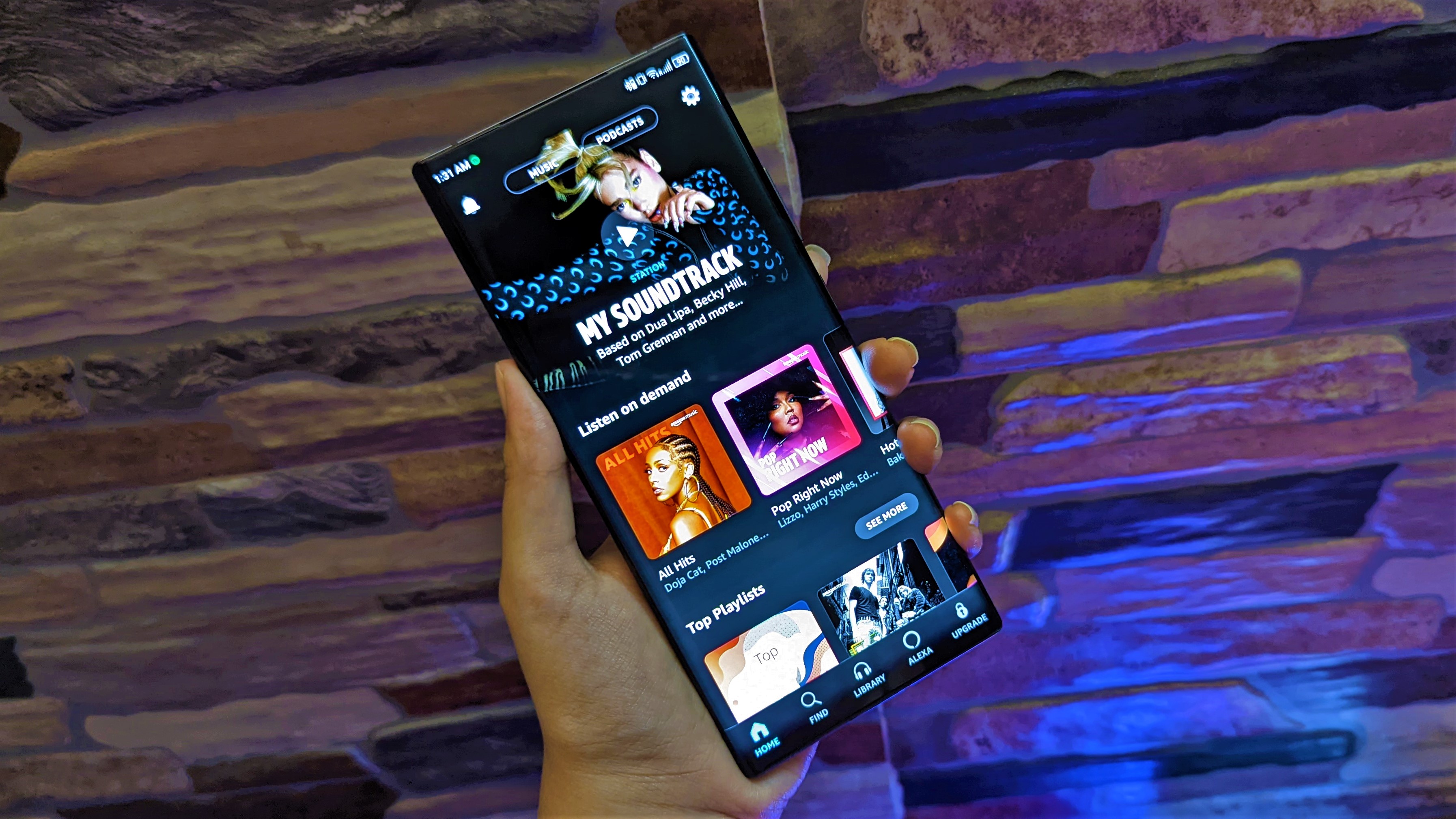What Android users need to know about spatial audio
Bring that surround sound effect to your ears.

The promise of spatial audio is it could make you feel like sounds are coming from different directions, even though you only have a pair of headphones or earbuds on. Normally, you won't hear things in a way that feels like you're "surrounded" by sound if an app isn't using Google's spatial audio SDK or another proprietary developer kit from the likes of Dolby and THX, and that's still the case for most phones.
Android has supported a type of spatial audio — known as Resonance Audio — since Android 7, and support for spatial audio continues to grow thanks to better compatibility. It makes a difference when you hear it — like watching a movie or playing a game where things sound like they're coming from all around you.
What is spatial audio?

You've experienced spatial audio even if you aren't familiar with the term. Dolby 5.1 and 7.1 surround sound systems are popular in millions of home theater setups, and most movie theaters use THX systems to provide audio that comes from all sides.
An A/V receiver and a handful of speakers provide true spatial audio.
These are physical setups where speaker placement and audio logic are used to send sounds to specific spots. Movies and shows are encoded in a way that a Dolby or THX logic board can know where to send each bit of audio and you hear things happen to your left, to your right, behind you, or any mix of the three in addition to audio right in front of you.
Spatial audio from a phone or portable music player is a bit different. It's virtual surround sound but it works very much the same. The audio source is coded so that the music has a specific spot it should come from so it feels like they are location-specific.
Google has several SDKs for applying spatial audio effects on your phone or on the web.
All of this is done by delaying some of the sounds longer than others and adjusting the volume to "fake" location and proximity. It's not quite the same as an actual 5.1 or 7.1 system, but it's great for games or movies and can make music sound like you're very close to the stage and musicians.
Google gives developers of Android, iOS, and Web Apps the tools to encode their app for spatial audio, both the physical and virtual kind. As long as you have the right setup — either multiple speakers placed in strategic locations or headphones that support virtual surround — it works.
Be an expert in 5 minutes
Get the latest news from Android Central, your trusted companion in the world of Android
Tidal also supports spatial audio using Dolby Atmos. When you see a song with a Dolby Atmos logo means you can get the same feeling of a more expansive listening experience. Spatial Music doesn't have quite the same impact as it does in a movie or game, though.
How do I get it?

The best way to experience spatial audio on an Android device is to use an app that supports it. Several of them do now, including popular video streaming services, like Netflix, HBO Go, Disney+, Prime Video, and YouTube, among others. On the audio side, Tidal, Amazon Music HD, Apple Music, and Deezer stand out as key ones for music with the same effect.
Plenty of VR apps and 360 movie viewers also have spatial audio support baked in. You can even test it out for yourself through Sony's proprietary 360 Reality Audio system, including an app you can try out on your Android phone. The feature works with some of Sony's best headphones and earbuds when listening through a service offering it, like Tidal, for instance.
Various Samsung Galaxy S (plus Galaxy Note) phones have a Dolby Atmos setting that can also work with the company's earbuds when paired with the right app. The same goes for Google's Pixel 6 and 7 lineups, which also support spatial audio, including with the Pixel Buds Pro, though the only exclusive feature is head tracking.
The best way to experience spatial audio on an Android device is to use an app that supports it.
You'll also want a decent set of headphones (wired or Bluetooth both can work) that sound good for "regular" audio. Spatial effects can make poor audio quality worse, and even great headphones are affected a little bit. Don't buy into the hype that you need THX or Dolby-licensed headphones because you really don't — you just need a pair of headphones that you already like and you're set.
Also, don't expect anything like Apple's take on spatial audio through the AirPods Pro or Pro 2. Apple is using a gyroscope in each earbud and special effects in iOS to do things their own way and you won't get the same effect on anything but an iPhone or iPad.
If you want to experience a movie or game and feel like you're deep inside the action, grab your headphones and use an app that provides spatial audio. You might love it, but if not, it's simple to turn off.

Resonating far and wide
The Sony WH-1000XM5 are among the best over-ear headphones you can get to cover your ears. Spatial audio sounds great, and with outstanding active noise cancelation, the combination makes for a truly immersive listening experience.

Jerry is an amateur woodworker and struggling shade tree mechanic. There's nothing he can't take apart, but many things he can't reassemble. You'll find him writing and speaking his loud opinion on Android Central and occasionally on Threads.